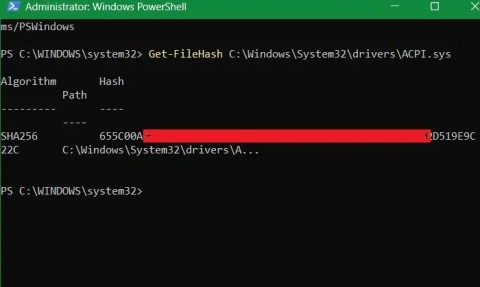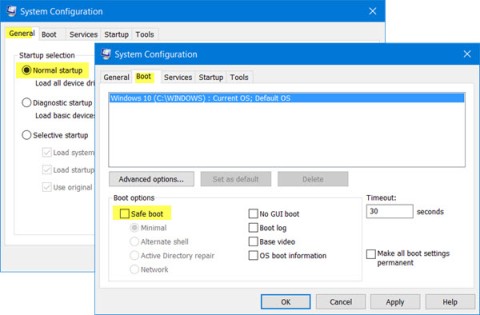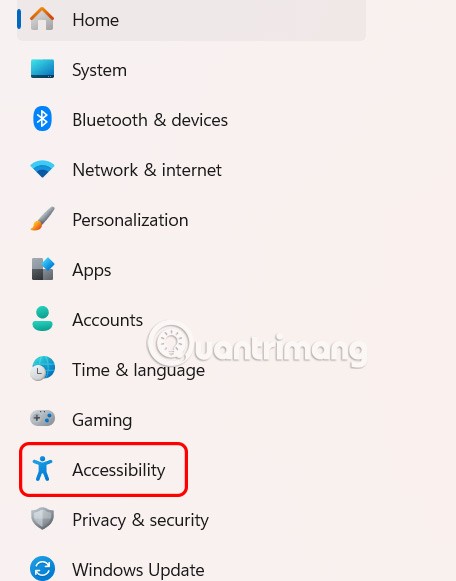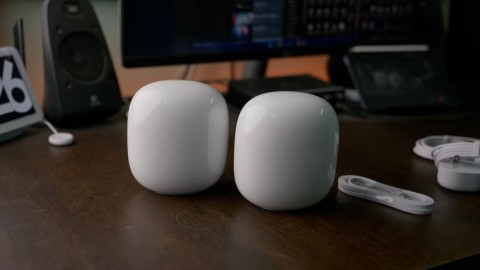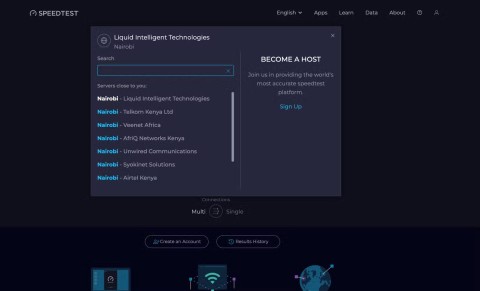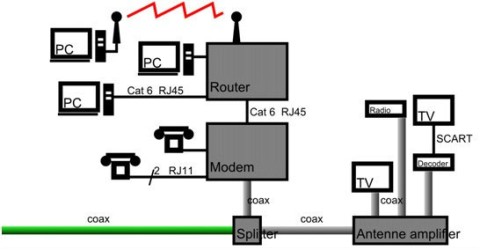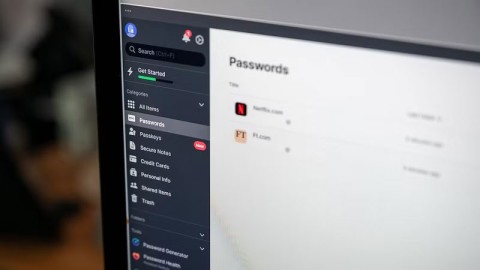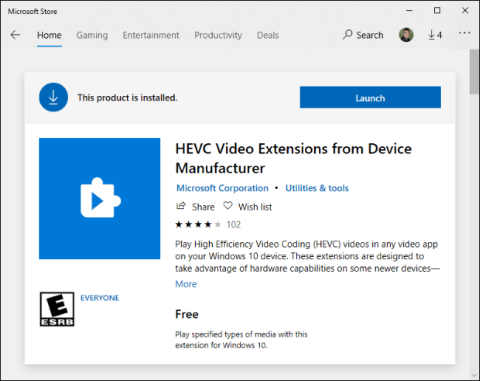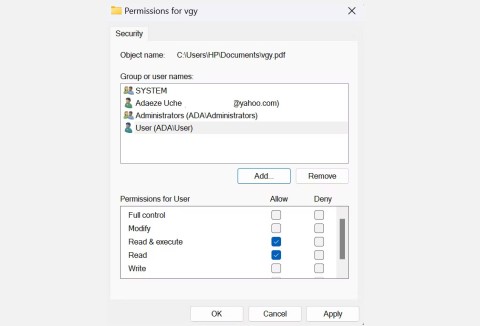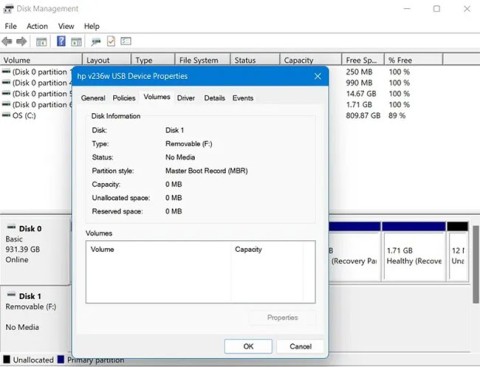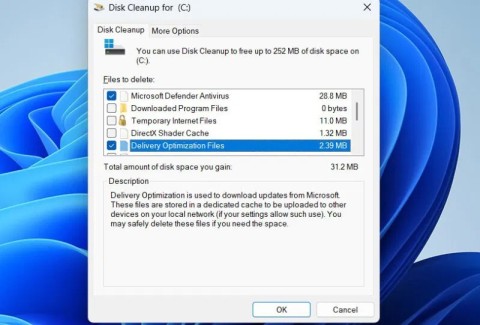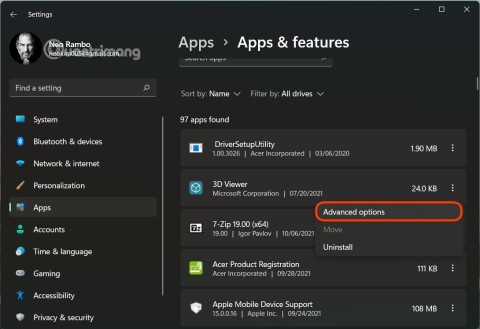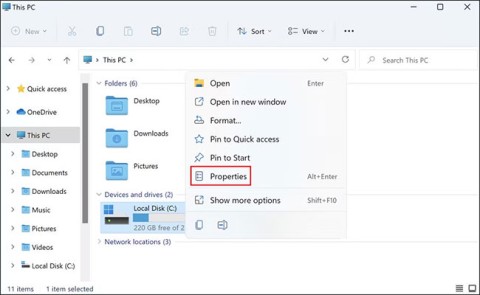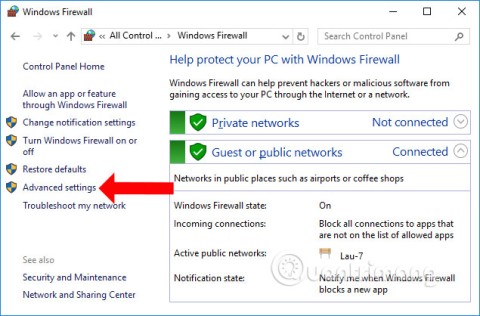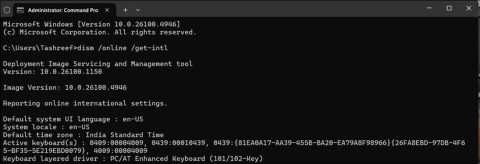Split View is a very interesting feature and has been used in Mac OS, as it helps users split the screen in half to run two applications in parallel. And it's very good that Windows has also included that feature since Windows 7. Even with Windows 10, there are not only 2 but also 3 or more different windows working independently. Users can watch movies and work... at the same time.
Video tutorial on dividing the screen on Windows 10
How to split the screen to work with multiple windows at the same time on Windows 10
First, right-click the Start button and select Settings .

In the Setting window, continue to select System .

In the window that appears, we select the Multi - Tasking tab and then slide all the buttons in the Snap section to the On position to activate the window splitting feature in Windows.

Once you have enabled the feature, you can use it in the following simple ways:
- If you want to use 2 screens at the same time, hold down a window and drag it all the way left or right until a blurred frame appears, then release. Do the same with the second window to create two screens working in parallel.

- If you want to work with 4 windows, click on one window and drag it to the corner of the screen. Do the same with the remaining windows (drag to different corners).

- In addition, you can also use the Windows key + left (or right) arrow to quickly switch the working window to both sides of the screen.
Wishing you success!
